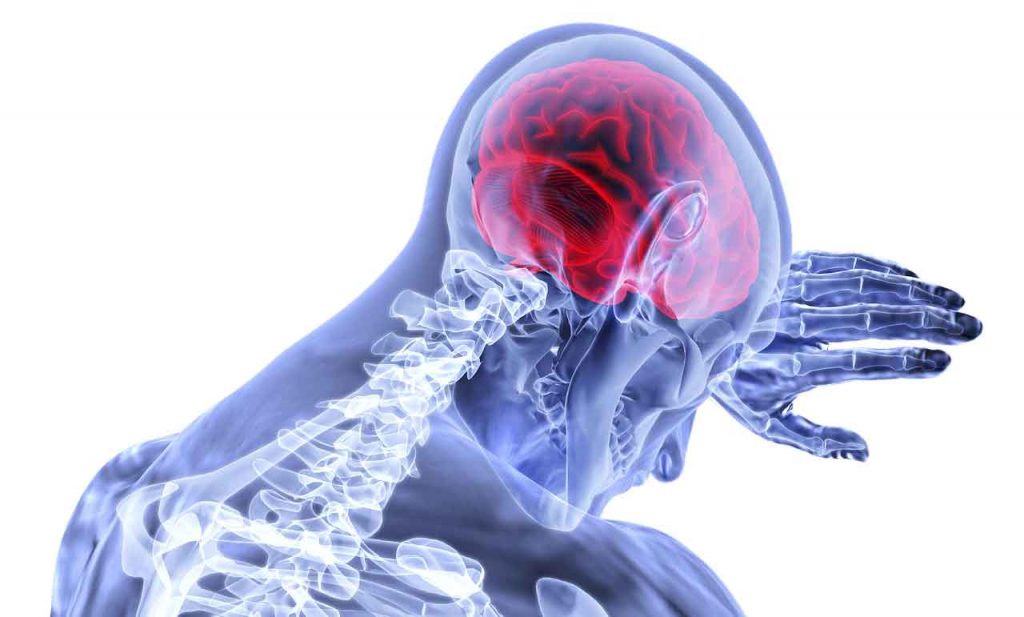Senior Consultant in Neurology at a Bhubaneswar’s private hospital tells the importance of stroke signs and symptoms and early diagnosis to prevent complications.
- What is a stroke?
A stroke is a serious medical condition that occurs when the blood supply to a part of the brain is cut off. Like all organs, the brain needs oxygen and nutrients provided by blood to function properly. If the supply of blood is restricted or stopped, brain cells begin to die. This can lead to brain damage and possibly death.
Around 17 million people experience stroke each year. Six million of these strokes are fatal. Every six seconds, someone dies from a stroke. Stroke is the second most common cause of mortality after coronary heart disease.
- Symptoms of strokes
These are sudden and have an immediate effect. Strokes affect people in different ways, depending on the part of the brain that is affected, how widespread the damage is and how healthy the person was before the stroke.
A stroke is always a medical emergency It is important to be able to recognise the symptoms of a stroke and to get help immediately. The main stroke symptoms can be remembered with the acronym Be Fast: Balance- Eye-Face-Arms-Speech-Time.
Balance difficulty: Can he able to walk properly?
Eye/vision impairment: Can the person see normally?
Facial weakness: Can the person smile? Has their mouth or eye dropped?
Arm weakness: Can the person raise both arms?
Speech problems: Can the person speak clearly and understand what you say?
- Time to call
If a person fails any one of these tests, get help immediately.
- Types of stroke
There are two main types of stroke:
Ischaemic strokes happen when something blocks an artery that carries blood to the brain.
Haemorrhagic strokes happen when a blood vessel bursts and bleeds into the brain.
- Risk factors for stroke
Some risk factors are beyond our control, such as old age and a family history of strokes. Medical risk factors for stroke risk are high blood pressure, diabetes, high cholesterol, heart disease and carotid artery disease. These can be controlled and managed with appropriate medical treatment. Lifestyle risk factors include smoking, being overweight, and drinking too much alcohol.
- Treatment
The sooner a stroke victim gets to the hospital, the sooner he or she gets life-saving treatment. A CT scan or MRI of the brain will help to identify whether one has an ischemic or haemorrhagic stroke. If the person has an ischemic stroke, a clot-busting drug, called tissue plasminogen activator (TPA) will improve the chance of recovery, but only if the patient reaches the hospital within first 4.5 hours.
Two million brain cells die each minute during stroke, increasing the risk of permanent brain damage, disability or death. Hence with regard to stroke treatment, it is said that ‘time is brain’. Unfortunately, awareness regarding this is lacking in the general population and many patients end up going to quacks for treatment out of ignorance, losing the crucial window of opportunity in stroke treatment.
- Prevention of stroke
Proper treatment of the risk factors Healthy eating helps keep your heart and bloodstream in good form. Regular physical activity lowers your blood pressure, helps balance fats in your body and help to lose weight. Quit smoking, moderate your alcohol consumption Reduce stress and regular health check-up.
Dr Subhransu Shekhar Jena,
MD, DM, DNB, MNAMS
Senior Consultant in Neurology, Apollo Hospital, Bhubaneswar
